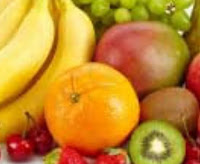Quadrilateral CBSE NCERT Class (8, 9, 10) What is Quadrilateral? The closed figure bounded by four sides is called quadrilateral. It has four sides, four vertices and four angles. Sum of all angles is 360 degree. Example: ABCE is a quadrilateral. Its four vertices are A, B, C, D. Its four angels are <ABC, <DAB, <BCD, <CDA. It has four sides AB, BC, CD, DA.













